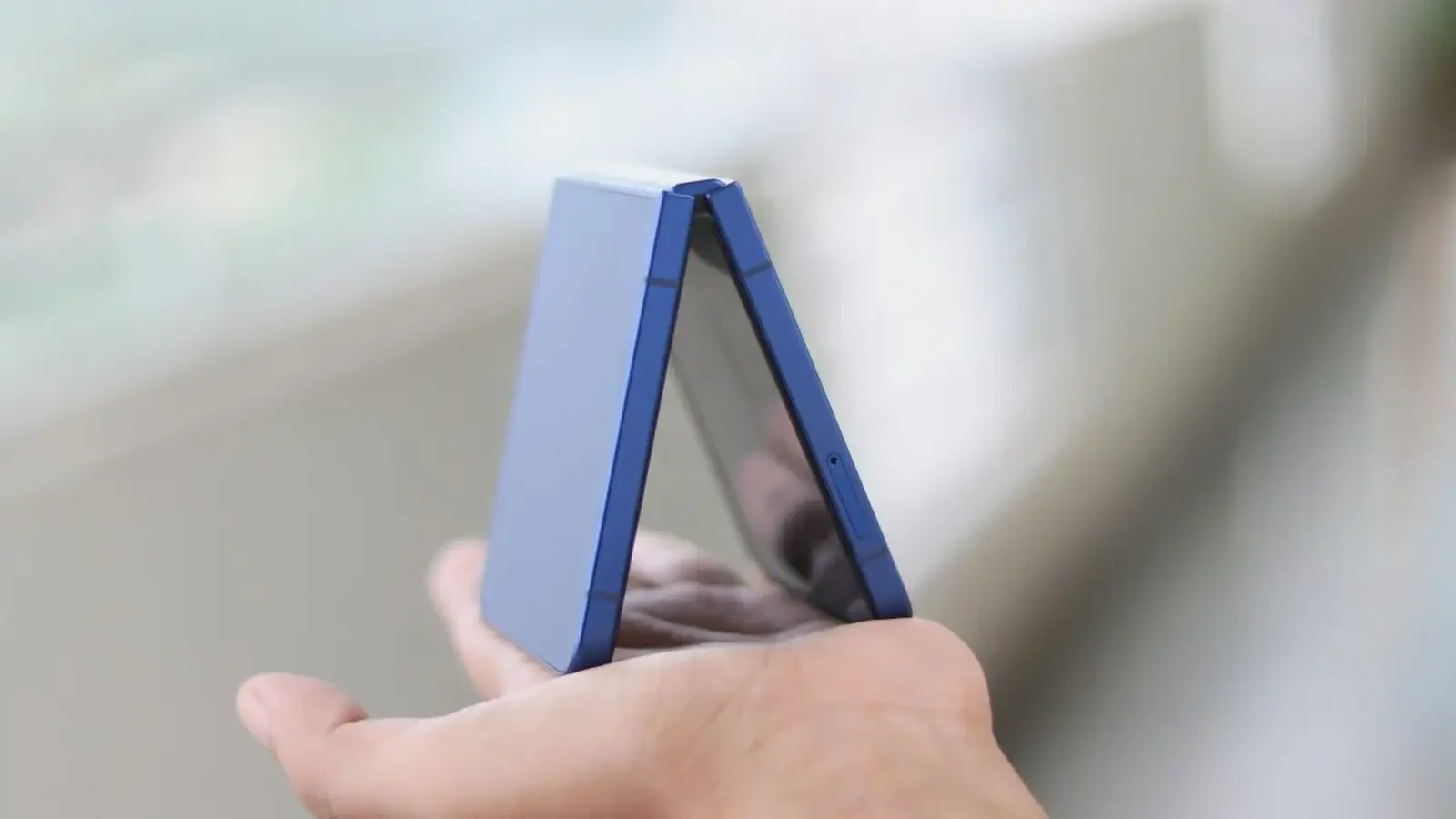3 Minutes
Google confirms no Pixel clamshell in the near term
Google has made it clear it has no plans to produce a flip-style Pixel phone, removing a potential rival to Samsung's Galaxy Z Flip series. Since Samsung introduced the original Galaxy Z Flip in 2020, clamshell foldable phones have become a major category for Android manufacturers — but two of the biggest names, Apple and Google, remain on the sidelines.
What Google executives said
In a Bloomberg interview cited by 9To5Google, Shakil Barkat, Vice President of Devices and Services at Google, confirmed the company is not developing a Pixel-branded flip-style foldable phone. Rick Osterloh, Google’s Senior Vice President of Devices and Services, also acknowledged that Google does not aim to be a 'giant player' in smartphone unit market share and that 'building a good business is enough.' That pragmatic stance appears to deprioritize investment in clamshell foldable hardware for the Pixel line.
Product features and market implications
Samsung Galaxy Z Flip: design and use cases
The Galaxy Z Flip family focuses on compact clamshell design, pocketability, and a growing ecosystem of foldable-optimized features such as flexible displays, multi-window workflows, and enhanced cover-screen interactions. These devices target users who want flagship camera performance and a unique form factor for social, media, and multitasking use cases.

Why Google skipping flip-style matters
Without a Pixel flip competitor, Samsung retains a strategic advantage in the clamshell segment. Fewer high-profile rivals help Samsung sustain pricing power, marketing attention, and dedicated developer support for foldable-tuned apps and services. For consumers, that can mean a wider array of Galaxy Z Flip accessories and software refinements.
Comparisons, advantages and potential downsides
Compared to conventional flagship phones, clamshell foldables like the Galaxy Z Flip offer better pocketability and a novelty factor that appeals to trend-conscious buyers. However, they remain more expensive and niche versus slab phones. Google’s decision reduces immediate competition, but Samsung still faces pressure from other Android makers launching foldables and from long-term questions about durability and mainstream adoption.
Use cases and relevance for the mobile market
Clamshell foldables are well-suited for commuters, creators, and users wanting compact flagship hardware. In the short term, Google stepping back from a Pixel flip helps Samsung consolidate its lead in the form factor. Long-term market dynamics will depend on adoption rates, price evolution, and whether Apple eventually enters the foldable arena.
Source: sammobile


Leave a Comment